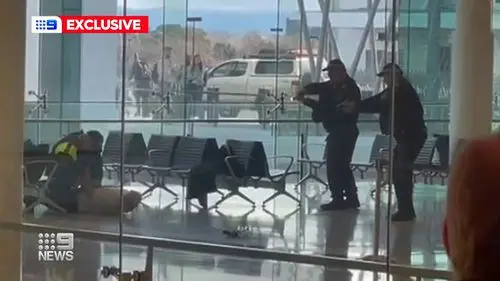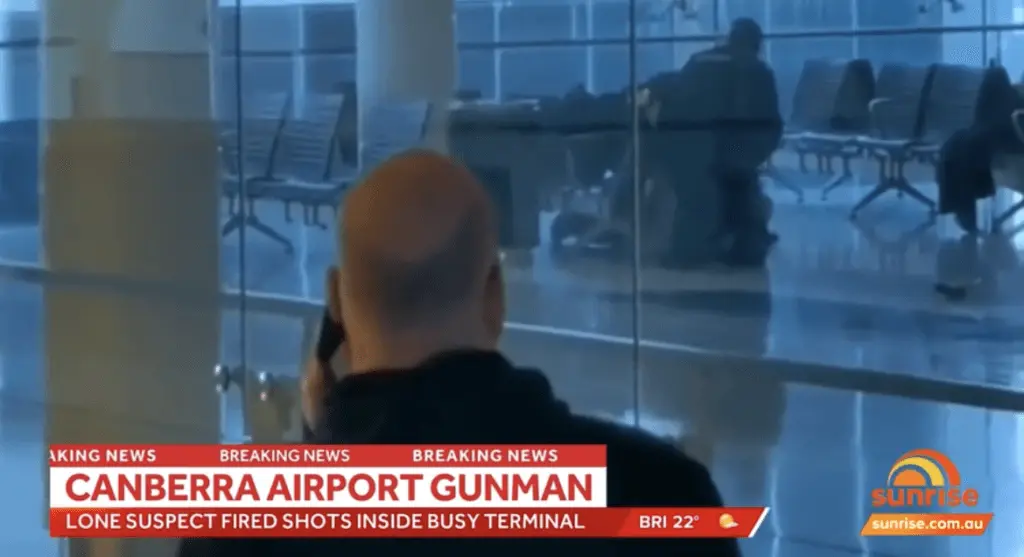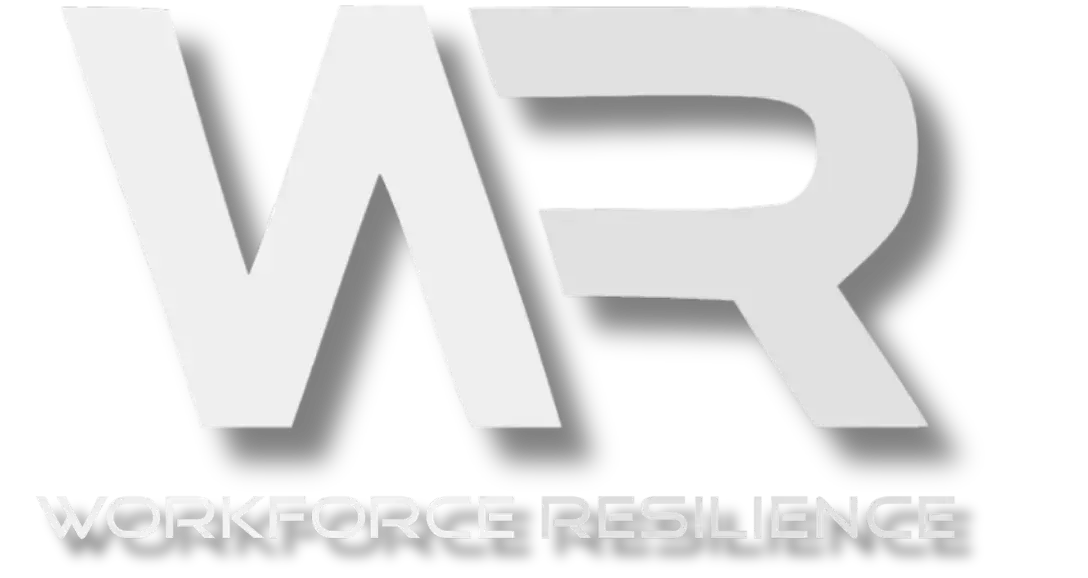Active Armed Offender Incident (AAOI):
An incident where an offender/s is armed with any weapon (e.g. firearm, knife, explosives or improvised weapon, including a vehicle) and is actively engaged in killing or attempting to kill people, and who demonstrated their intention to continue to do so whilst having access to additional potential victims.
Australian New Zealand Counter Terrorism Committee 2017

An AAOI can occur anywhere, at any time, and often with limited warning. Whilst we continue to see AAOI’s impacting communities across the globe, in our region, we have recently witnessed two violent AAOI’s in supermarkets in New Zealand (offenders were armed with knives) in addition to terrifying incidents in Christchurch (2019) and Melbourne (2018).
Fortunately for our communities, AAOI’s are not occurring with regular frequency, however ‘Armed Offender Incidents’ (weapon related incidents other than AAOI’s, for example, homicides, serious violent crimes, armed robberies, and offenders threatening violence, when armed with a weapon (firearm / knives / improvised weapons) continue to occur on a daily basis around Australia and New Zealand. According to the Australian Bureau of Statistics, in 2021, 61% of homicides in Australia involved a weapon.
On Sunday 14th August 2022, staff, travelers and visitors inside Canberra Airport were confronted by a frightening ‘Armed offender Incident’ involving a man firing multiple shots from a handgun, into the large windows within the terminal. After discharging the handgun, the man threw the weapon away and sat and waited for police to arrive. Whilst no one was injured, and the intention did not appear to be to harm others, this alarming incident (which so easily could have been an AAOI) demonstrated how quickly, and easily an AAOI in a crowded public place can unfold.
This incident also reinforced for facility and precinct operators of crowded places, that police are not always present (and can take some time between being notified and responding to the incident location) when these incidents occur, and as such, owners and operators of crowded places need to have clear strategies in place for staff to implement, and follow prior to police arriving, taking control, and resolving the situation. After all, the safety and security of your workforce, clients and customer (working in and visiting your buildings and precincts) should be your highest priority.
Interestingly, whilst ‘Armed Offender Incidents’ continue to occur every day across Australia and New Zealand (particularly within retail, health and service sectors), organisations continue to consider these incidents to be ‘unlikely’, and as such, invest limited time and resources into developing best practice, tested and site specific strategies for preparing for, preventing, responding to and recovering from incidents that literally have the potential to cost the organisation it’s workforce, customers, profit, and reputation.
Case Study: An useful example of crowded places operators considering incidents to be unlikely was a large shopping centre located close to one of the Christchurch terror attack sites. Each time that engagement occurred with the retail precinct, the clear response was that ‘terrorism would never happen here’. Subsequently, the notification and response strategy at the shopping centre during the terror attack was not effective, contemporary or aligned with best practice.
To support you in developing the best solutions to protect your workforce and workplace, the team from Workforce Resilience continues to provide you with these timely, free advice briefs, to ensure that your workforce, clients and customers are able to go home safely at the end of an incident.
Key takeaways for workplaces:
- Ensure that there is a clear owner for safety and security risk within your organisation, and that this risk is a permanent topic on Senior Executive and Board agendas. Budgets and resourcing requirements need to be considered as part of each years capital and operational financial planning.
- Ensure that you have developed a strong ‘challenge’ and security culture, and that everyone in your workplace is on the same page when it comes to safety and security – security is everyone’s responsibility!
- Implement a simple to understand, and achievable protective security framework.
- Undertake Security Risk Assessments to identify risks, threats and vulnerabilities in and around your business and workplace/s. (ANZCTC Protecting Crowded Places Strategy 2017 actually places obligations on owners and operators of crowded places to ensure assessments are undertaken).
- Ensure that there is a clear understanding around Emergency Management requirements, and also how this needs to align with your other strategies – for example, Incidents > Emergencies > Crisis > Business Continuity. Develop contemporary best practice documentation (and socialise it).
- Review your current site incident notification and messaging strategies to ensure that you can adopt a workable solution that will provide all of your stakeholders with the right messaging and advice (audible and SMS messaging). You CANNOT use your normal Alert / Evacuate tones for incidents where there is a threat from an AAOI, and Escape / Hide / Tell (and Act) principles MUST be considered in your strategy. Every tenant at your site must understand and have complimentary processes.
- Undertake a review of your current training strategies, and develop a plan and schedule that ensures that annual, role specific training is provided to your entire workforce. AAOI training is required for all employees.
- Develop realistic desktop (and site if possible) scenarios, that are facilitated regularly for all team members who are part of your workplace response strategy.
Key takeaways for individuals:
- Take the time to develop a personal safety plan for you and your family. Think about how you would respond, and what you would need to do if confronted by an armed offender incident.
- Always be situationally aware when moving through public spaces / crowded places such as airports, shopping centres, stadiums, commercial precincts, parks, universities etc.

- Immediately report suspicious behaviour and things that seem out of place. If something doesn’t seem right, then it probably isn’t so contact management, security / and or police. (Note. Ask us for further information or advice about what constitutes suspicious behaviour).
- Become familiar with Escape / Hide / Tell (and Act) principles. These are universally adopted best practice response strategies that have been designed by your Federal Government.
- Do not, ever, under any circumstance, stand around and watch / film an armed offender incident (as you could see people doing in the most recent incident) because you never know if there is a further threat, or additional offenders. Remember the Escape / Hide / Tell (and Act) principles and doing everything possible to make sure that you are safe.
‘Touch wood’, you will be able to avoid an armed offender incident, or a more serious AAOI in your workplace today, and as you go about your business during the rest of your week. But always remember, incidents can, have and will continue to occur in any place, at any time, and without warning across Australia and New Zealand. Like the most recent incident in Canberra, there will always be persons intent on interrupting business, and also persons with nefarious and criminal intentions, and as such, you need to ensure that that you are prepared. As Benjamin Franklin famously stated, ‘by failing to prepare, you are preparing to fail’.
Stay safe,
Scott Harris
Managing Director, Workforce Resilience
